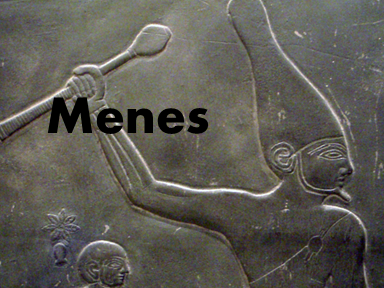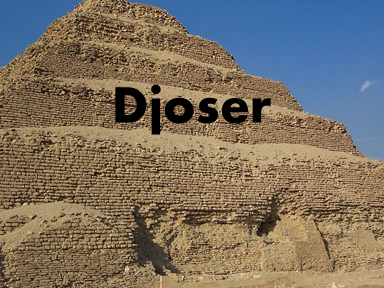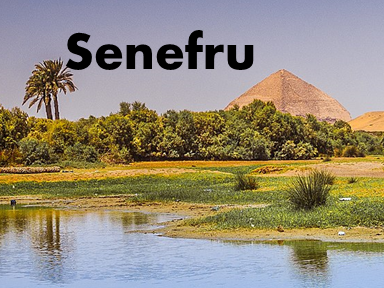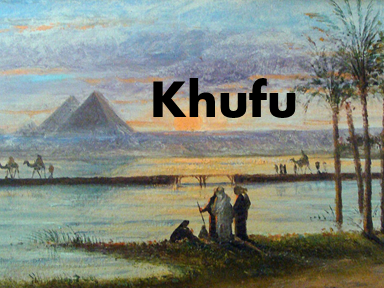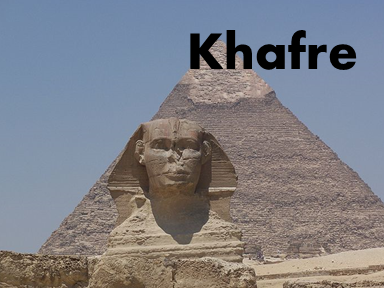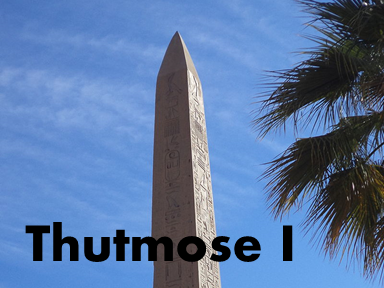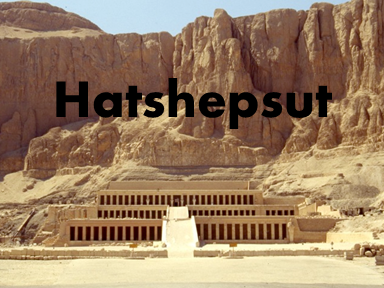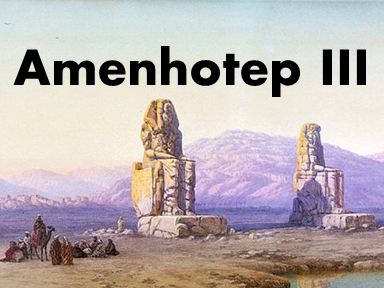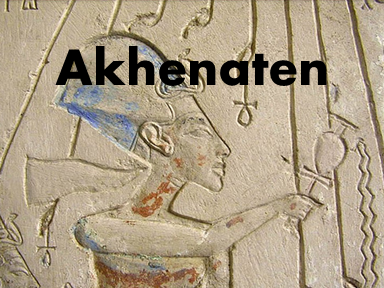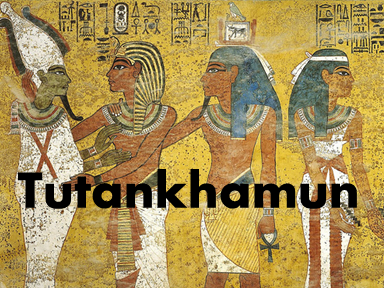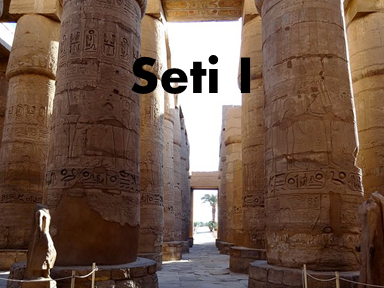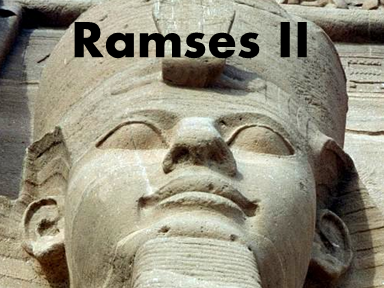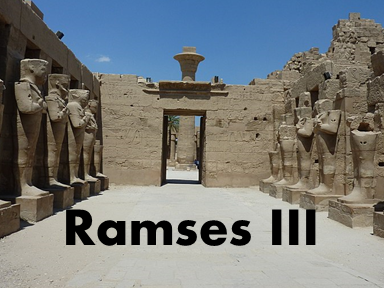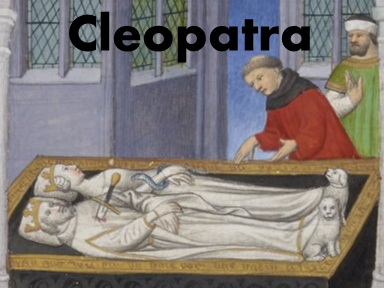
Ancient Egypt Government
The pharaoh was the supreme ruler of Ancient Egypt. The people of Egypt considered the pharaoh to be a half-man, half-god. The pharaoh owned all of Egypt. He owned all animals, mines, people, and even the Nile River. The citizens gave the pharaoh portions of their crops in taxes. Workers donated their labor, and artists created art for the pharaoh. This made the pharaoh an extremely wealthy person. The government built storehouses to hold grain that was given as tax payment. During times of severe drought the pharaoh would give some of this grain to the hungry Egyptians. |
The pharaoh was usually succeeded by his oldest son. The son was trained throughout his life to take over the role of pharaoh after his father's death. Sometimes rivalries and secret plots caused a change in this succession. Egypt had thirty royal dynasties ruling for more than three thousand years due to this.
The pharaoh chose one or two viziers, or prime ministers, to help him. The pharaoh's most important role was to serve as a lawmaker and warrior. The pharaoh also had thousands of government workers. They made sure the laws were carried out. They kept records of crops. The government also trained troops and carried on wars. Soldiers, policemen, and custom officers kept track of who came in and out of the country. They used trained dogs to capture thieves, runaway slaves, or people trying to leave the county without paying taxes.
Crowns of Egypt from Dendera
|
Pharaohs wore false beards and tails. The false beards were usually blue. No one knows why the pharaoh wore the beard. The tail was to remind the people that the pharaoh had magical powers, animal powers. The pharaoh also carried a shepherd's staff and a flail or whip. The staff represented a shepherd's protection and the flail reminded the Egyptians that they'd better do what the king wanted. The pharaoh never let his hair be seen. He wore a crown for ceremonies and a headdress called a nemes for everyday life. |

